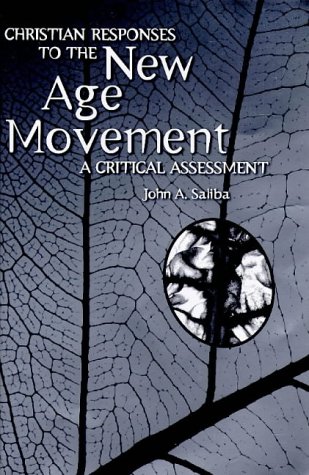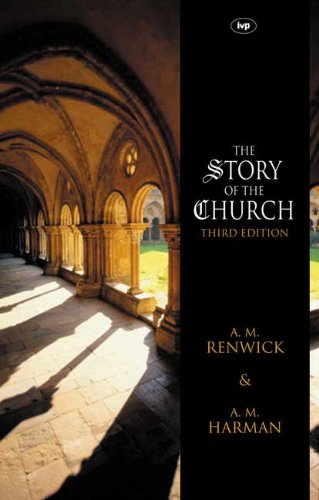Hosea, Joel and Amos
Written by Bruce C. Birch, Walter Brueggemann, Terence E. Fretheim, and David L. Petersen Reviewed By Mary J. EvansThe Westminster Bible Companion Series is aimed at Bible Study leaders. It seeks to provide a set of background resources for lay people who are called upon to open up the Scriptures for others. There is a concern to answer questions about the literary and historical context of the texts as well as to consider the significance and application for today’s Christians. Birch’s book is a helpful addition to this series. The approach may be slightly more critical than some are comfortable with, but there is a real sense of the author’s conviction that the words of the prophets remain relevant and vital in today’s situations.
Hosea, Joel and Amos lie next to each other among the minor prophets and there are some common interests and themes. However, they are also very different in style and perspective, and Birch argues that in Joel’s case they are also different in time. In many ways, therefore, this volume needs to be seen as three different commentaries. There is certainly a strong impression that the three sections of this book were written at different times. The section on Amos reads as if it originated in a series of sermons which were then developed into a scholarly presentation. By contrast, the section on Hosea reads as if it originated in a series of scholarly lectures which was then developed into an applied presentation. In terms of help for the intended lay readership, Hosea may be considered a little over technical, although it could prove to be a helpful introduction for first year theology students and does provide a useful analysis of Hosea’s major concerns. Amos will prove useful to students, but is also much more accessible to the average lay leader, conveying a real sense of excitement about the message of the prophet. The level for the Joel section lies somewhere between these two. This section brings out very clearly the way in which Joel’s analysis of one particular disaster situation and possible responses to it could prove of real interest and help to those involved in a whole variety of disaster situations today.
In general Birch has been fairly successful in meeting the aims of the series. This would certainly be a useful back-up resource for any who are seeking to build up a basic theological library.
Mary J. Evans
London Bible College







